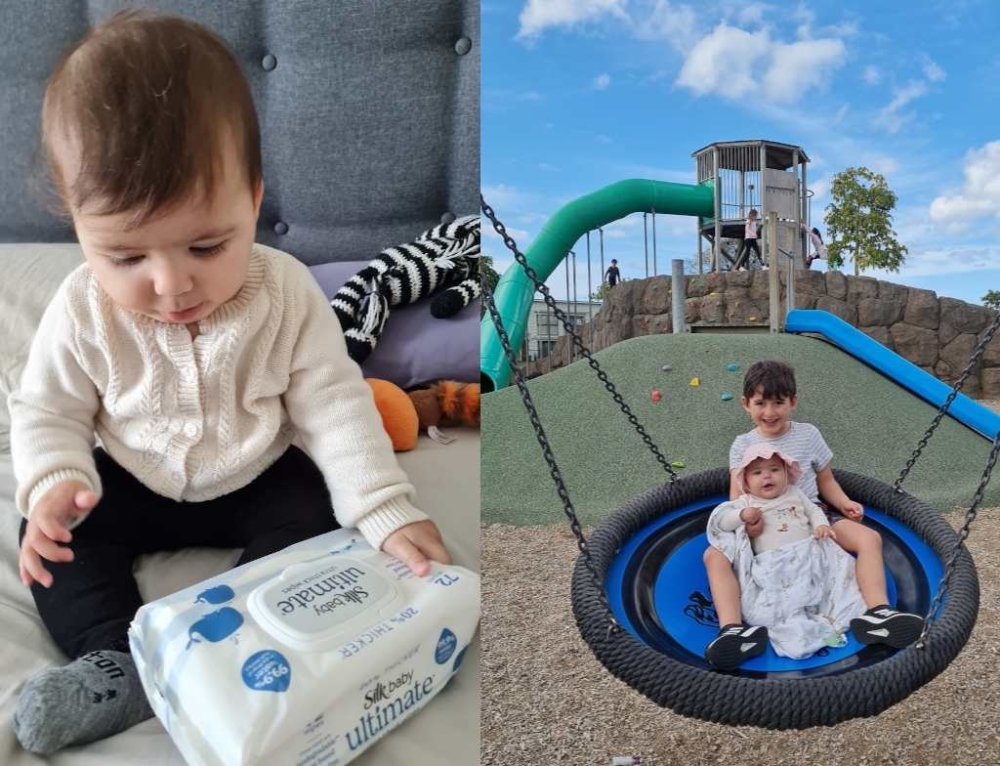- Breastfeeding provides babies with the best nutrition and is preferred whenever possible. The World Health Organisation recommends that babies are exclusively breastfed for six months, with timely introduction of adequate, safe and properly fed complementary foods while continuing to breastfeed for up to two years of age or beyond.
- When weaning off breastfeeding, you may have to wear nursing pads for a while, as breasts tend to leak during the weaning process.
- Watch out for lumpy breasts when weaning, as it might indicate the beginnings of mastitis. Try massaging the lumps or expressing a small amount of milk to reduce the lumpiness. If any lump is persistent or painful, see your doctor.
- When weaning off the breast, extra cuddles and spending a lot of time with your baby can help them feel secure and loved.
- It’s quite common to feel a bit down after your last breast feed, even if you were looking forward to weaning. So be sure to nurture yourself as well as your baby during weaning.
- Wean gradually and not by desertion (such as going on holiday without your baby).
- When weaning on to solids, it’s recommended that your child continue to have three or four milk drinks per day or a dairy equivalent.
- When weaning on to solids, offer them between milk feeds, when your baby is neither too hungry nor too full.
- A baby’s first taste of solids should be smooth in texture and the spoon should be small, shallow and soft.
- Babies are born with four times as many tastebuds as adults, which means there’s no need to add salt or sugar to their first solid foods.
- Always store prepared baby food in covered containers at the back of the fridge. Never store formula in the door, as it will be difficult to keep it at the required temperature to keep bacteria at bay.







Leave A Comment
You must be logged in to post a comment.